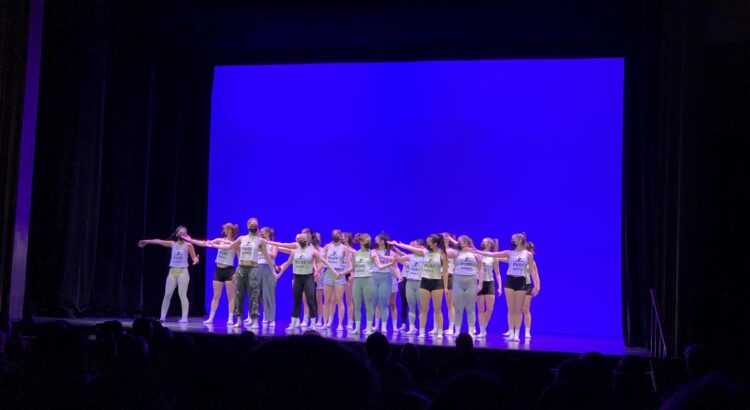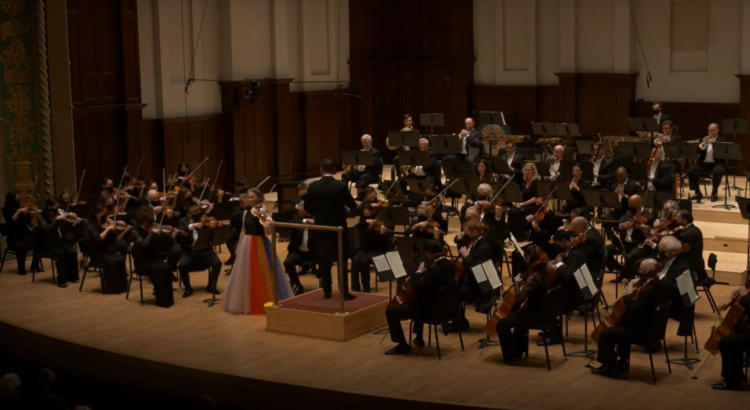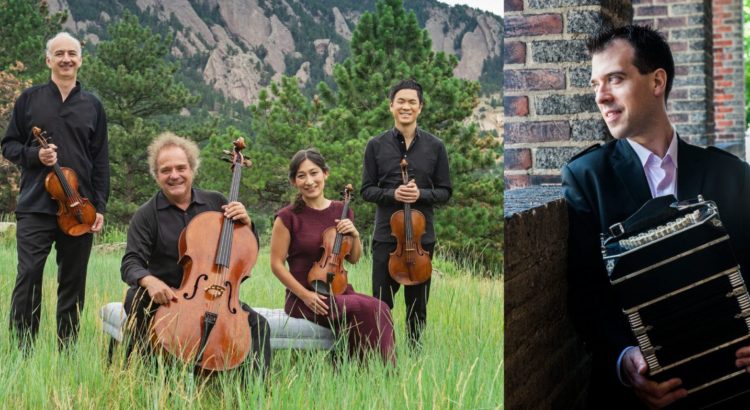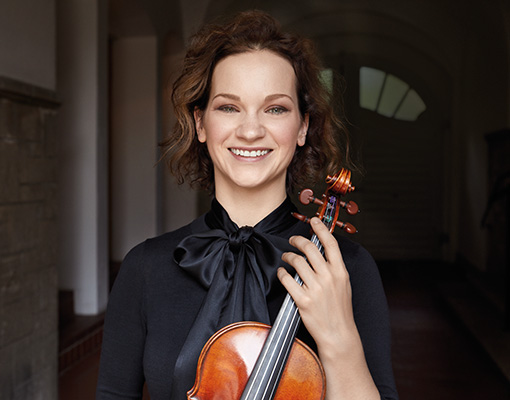Apparently, the dancers at Pure Dance had been busy last semester.
Their annual showcase took place last Sunday evening and featured nine stunning student-made choreographies complete with all the twirls, body rolls, and hair whips you could ask for. Furthermore, we were treated to a diverse range of guest performances by Salto, Gimble, FunKtion, Groove, Blue Bop Jazz, DB3, and Flowdom. Sitting in the Lydia Mendelssohn Theater, the energy of the crowd was close-knit and infectious–people were not shy about loudly cheering for their friends on stage.
I wasn’t really sure what to expect from the showcase’s theme coming in, but I found that they were able to present a really interesting curation of dances embodying “resurgence”… and dare I say sexiness?
My favorite number had to be Illusion of Bliss, which was impressively performed in black high heel boots. The contrast between the slow hard beats of the beginning section with these incredibly sensual movements backed by Alicia Keys’ soulful raspy voice and the ending section with the imagery of the dancers sinking to their knees in prayer as she sings “I don’t wanna be a fallen angel” told a compelling story. Meanwhile, Mad at You and War of Hearts approached the concept from a more modern/contemporary angle, with flowing cascades of movement. Like a Boy seemed to pull from old-school hip hop influences with sharp jutting elbows while Toxic had a high-energy hard rock edge such that the dancers were practically throwing themselves into poses.
I also thought the guest performers did an incredible job. Hip hop dance practice videos on Instagram are probably one of my guilty pleasures, so I loved FunKtion’s tight transitions and incorporation of humor as well as Flowdom’s clean hits and charisma. Plus, it was nice to see Blue Bop Jazz’s saxophones hyping each other up during their solos!
The final choreography was Bride, which created some beautiful visuals out of the entire ensemble. The dancers wore a pretty pastel/neutral color palette and had a continual flow of synchronized bodies passing on and off stage, which paired well with the bubbly hopeful music. As a goofy ending note, the showcase fittingly concluded with everyone dancing to Justin Timberlake’s SexyBack for the curtain call.
Congratulations to all the performers who were a part of the event! I look forward to seeing what Pure Dance will bring next.







